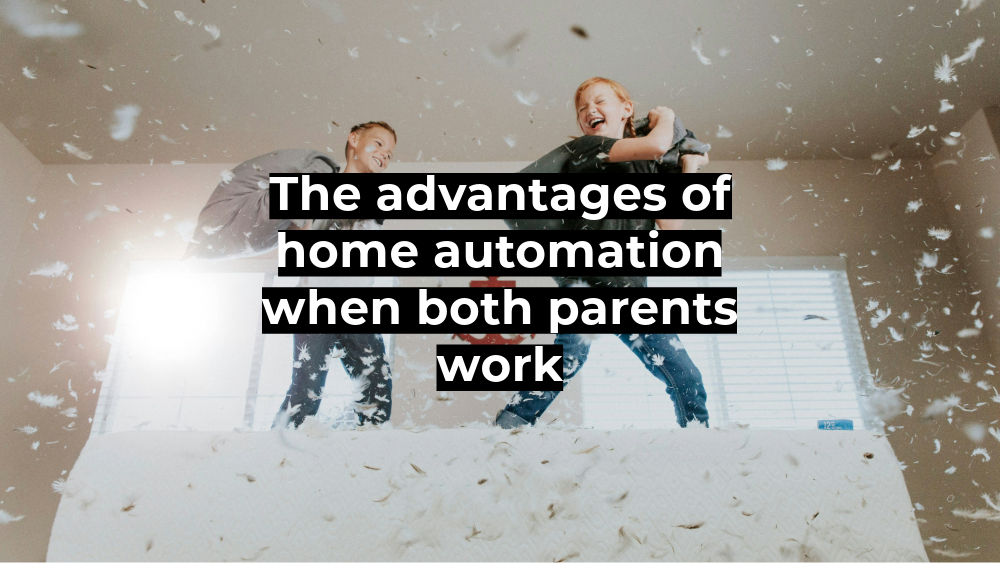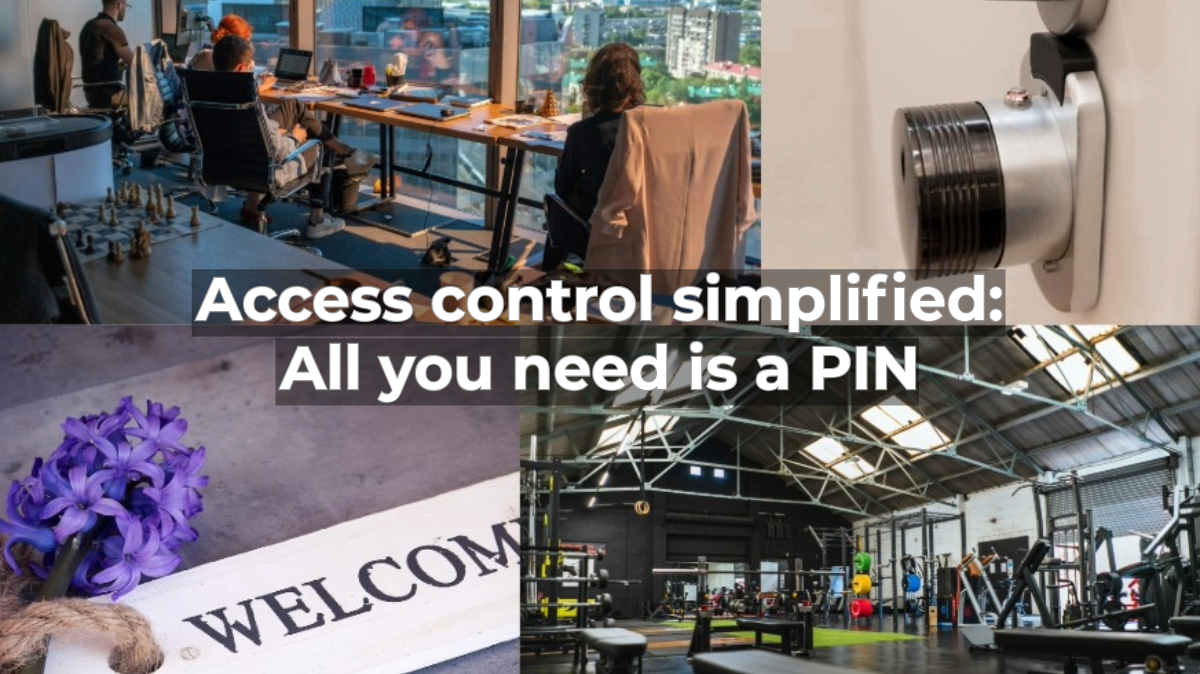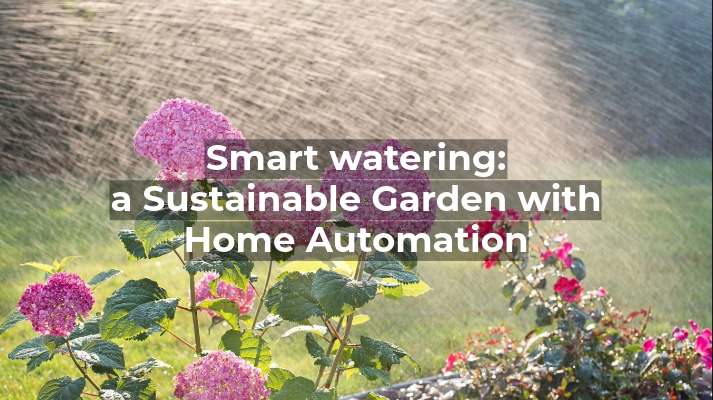Modern life, with its hectic pace and multiple responsibilities, can become a challenge, especially for families where both parents work. In fact, it happens that children have to be left home alone, either after school or during school holidays. But from what age can we leave our children home alone? How can home automation make parents feel more relaxed? Let’s explore together the benefits of home automation with a focus on the safety and well-being of children when they are home alone.
At what age can children be left home alone?
In some States, leaving a child without supervision at an inappropriate age or in inappropriate circumstances may be considered neglect after considering factors that may put the child at risk of harm. But in most cases, States do not define what is considered adequate supervision.
Parents should review their State and local laws when deciding if it is appropriate to leave their child home alone. Leaving underage children alone also depends on their individual development. In principle, parents have a duty of personal care, which includes supervising the child.
A sensible rule of thumb is as follows: Children under the age of 7 should not be left at home alone. Children between the ages of 7 and 10 can be left alone for up to an hour if they are mature enough. Children aged 10 and over can be left alone for several hours if they are responsible.
Staying home alone safely: a great opportunity for children
Leaving your children home alone is an important step to develop their confidence and independence. There is no ideal age for starting to leave them home alone: it depends on several factors, including the child’s age, maturity, the family (are there other older or younger siblings?), the home environment and neighborhood (are there neighbours? How safe is the neighbourhood?). In addition, it is very important to check whether the child feels comfortable staying home alone and for how long: parents must also assess his or her ability to handle emergency situations and his or her level of responsibility and independence.
Parents, in any case, must establish clear rules on what their children may or may not do when they are home alone: whether they can leave and where they can go, whether they can have visitors and from whom. Furthermore, means to communicate quickly in case of need must be established and provided.
Let’s see what the advantages of home automation are for children who stay home alone:
1. More safety around the house for children
One of the main advantages of home automation is the possibility to improve home security, a very important aspect when we leave our children home alone. Advanced surveillance systems, such as security cameras and motion sensors, can be monitored remotely via smartphone or tablet. When both parents are at work, they can still monitor the house and their children, receiving immediate security alert notifications in case of suspicious activity and take immediate action.
Smart locks allow people to manage access to their homes without physical keys, but with a numeric code, smartphone or fingerprint. A front door, for example, can be programmed to grant temporary access to trusted persons at certain times of the day, and monitor who enters and leaves the house.
2. Remote monitoring and communication
Home automation offers effective solutions for remote monitoring and communication with children. Smart cameras with two-way audio functions allow parents to see and talk to their children at any time.
In addition, door and window sensors send immediate notifications to parents when a door or window is opened, allowing them to act quickly in the event of an emergency.
Beyond home automation, we can still make use of more traditional means of communication to communicate with our children, such as the fixed home phone and the mobile phone. What really matters is that when the parent are at work, they can communicate with their children at any time.

3. Scenarios, routines and automations with domotics
Home automation offers solutions to automate many tasks, making home management easier and more efficient even when children are home alone. For example, parents can programme smart appliances such as washing machines, dryers and dishwashers to start at specific times, optimising time and energy use. In this way, parents can free their children from these tasks.
Another advantage of home automation are the scenarios that can be programmed: at a certain time, for example, the outdoor lights and heating are switched on, or the awnings are lowered and the air conditioning is switched on. Or, when leaving the house, the child activates the ‘I’m leaving home’ scenario, thus adjusting the temperature of the heating or air conditioning, turning off the lights and lowering the blinds – with a simple click!
Every family has different needs and habits, and home automation systems can be customised and configured to perfectly suit the specific needs of each family member.

4. Peace of mind for parents when their children are home alone
Knowing that your home is under control even when you are away is extremely reassuring. The ability to monitor children’s activities and manage security, energy and appliances remotely allows mum and dad to focus better on work, knowing that their children and home are safe. Real-time notifications on mobile devices allow any problems to be addressed promptly, reducing possible sources of stress and worry.
5. Home automation as support for children with special needs
Home automation can be a valuable tool for families living with children or young people with special needs. Assistive technologies, such as fall detectors, can offer an additional level of safety, allowing parents to monitor the well-being of their children.
Voice control devices, such as virtual assistants, facilitate the use of appliances and other household devices for children and young people with reduced mobility, improving independence and quality of life.
Conclusion
In a society like ours, where more and more often parents both work and are forced to leave the children at home alone (even for short periods of time), home automation is a valuable resource: it makes a home safer, helps communication between parents and children, and allows the creation of automations and scenarios. Parents can concentrate on their work, knowing that their family and home are safe









